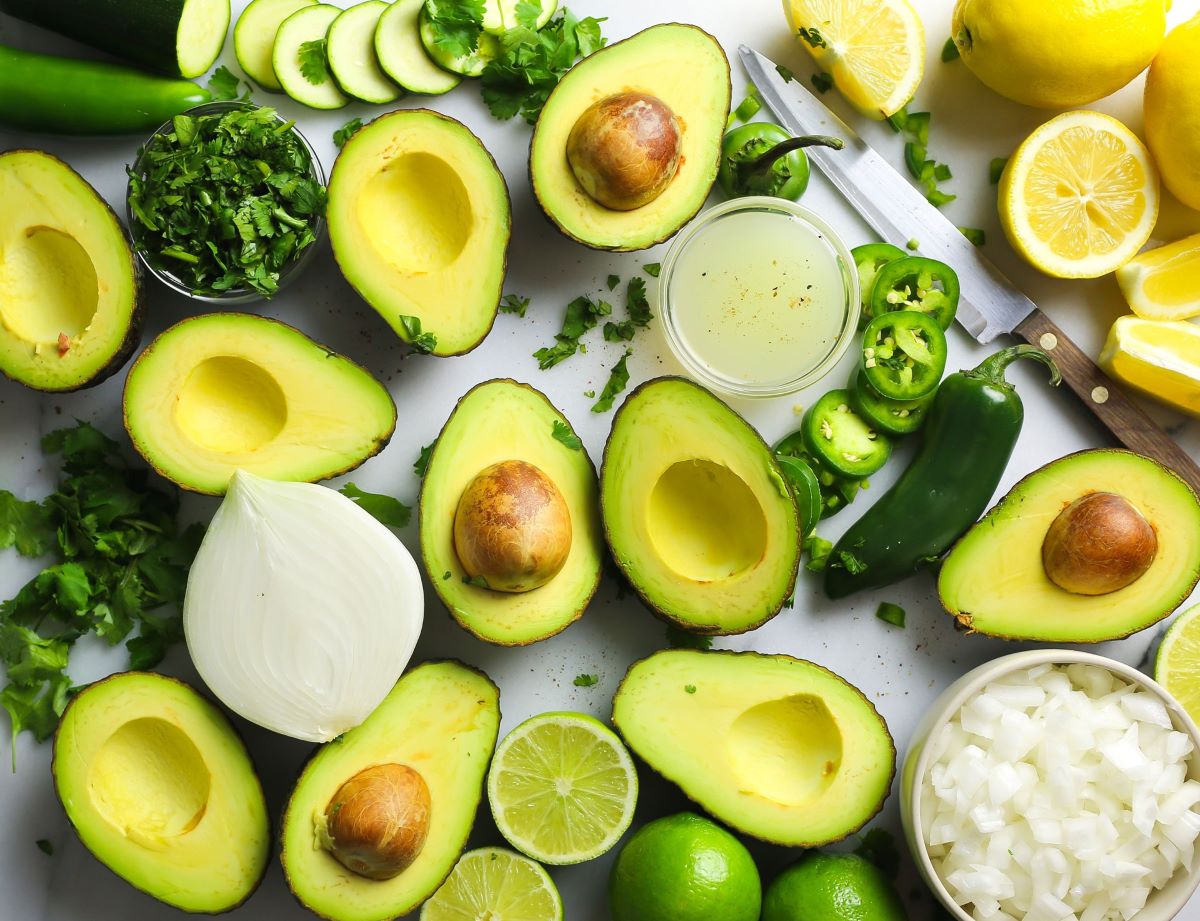

Articles
How To Store Leftover Avocado
Modified: August 24, 2024
Learn the best ways to store leftover avocado to keep it fresh and prevent browning. Discover helpful tips and tricks in this informative articles.
(Many of the links in this article redirect to a specific reviewed product. Your purchase of these products through affiliate links helps to generate commission for Storables.com, at no extra cost. Learn more)
Introduction
Avocados are a delicious and versatile fruit that have become increasingly popular in recent years. Whether you’re a fan of avocado toast, guacamole, or simply enjoy adding slices of avocado to your salads and sandwiches, it’s no secret that avocados are a beloved ingredient. However, when it comes to storing leftover avocado, many people struggle to keep it fresh for an extended period of time. In this article, we will explain the importance of properly storing leftover avocado, common mistakes to avoid, and provide you with a step-by-step guide on how to store leftover avocado to maximize its freshness.
Properly storing leftover avocado is crucial to prevent it from browning and spoiling too quickly. Avocado flesh is highly sensitive to oxygen exposure, and when left untreated, it oxidizes and turns brown. This not only affects its visual appeal but also alters the flavor and texture. By employing the right storage techniques, you can extend the shelf life of your leftover avocado and ensure that it remains as fresh and vibrant as possible.
Before we delve into the specific methods of storing leftover avocado, let’s take a look at some common mistakes to avoid. First and foremost, many people make the error of leaving the avocado pit in the half that will be stored. While it may seem logical to believe that the pit will prevent browning, this is actually a myth. The pit only protects the portion of the flesh it is in direct contact with, leaving the rest exposed to oxygen. Another mistake to avoid is storing avocados at room temperature for too long. While a ripe avocado can be left at room temperature for a few days, once it has been cut, it is best to store it in the refrigerator to slow down the oxidation process.
Now, let’s dive into the step-by-step guide on how to store leftover avocado for maximum freshness and long-term enjoyment.
Key Takeaways:
- Properly storing leftover avocados is essential to maintain their freshness, flavor, and nutritional value. Avoid common mistakes and follow the right methods to extend the shelf life and enjoy the versatility of this beloved fruit.
- Get creative with your leftover avocados! From making guacamole to adding creaminess to smoothies and baked goods, there are endless ways to repurpose and enjoy this nutritious and delicious fruit.
Read more: How To Store Smashed Avocado
Importance of Properly Storing Leftover Avocado
Properly storing leftover avocado is essential to maintain its freshness, texture, and flavor. Avocado flesh is delicate and highly prone to oxidation, leading to browning and spoilage. By following the correct storage methods, you can extend the shelf life of your leftover avocado and enjoy it for longer periods.
One of the main reasons to store leftover avocado properly is to prevent it from turning brown. When avocados are exposed to air, an enzyme called polyphenol oxidase is activated, causing the flesh to oxidize and turn brown. Not only does this change the appearance of the avocado, but it can also alter the taste and texture, leading to a less enjoyable eating experience.
Proper storage also helps to preserve the nutritional value of the avocado. Avocados are packed with essential nutrients such as healthy fats, vitamins, and minerals. However, exposure to air and temperature fluctuations can degrade these nutrients over time. By storing leftover avocado properly, you can help retain its nutritional content and ensure that you are getting the maximum health benefits from your avocados.
In addition to preventing browning and preserving the nutritional value, proper storage also helps to prevent the growth of harmful bacteria. Once an avocado is cut, the exposed flesh becomes vulnerable to bacterial growth. Storing leftover avocado in the right conditions, such as in the refrigerator, can slow down bacterial growth and reduce the risk of foodborne illnesses.
Furthermore, properly storing leftover avocado can save you money and reduce food waste. Avocados can be quite expensive, and it can be disheartening to see them go to waste due to improper storage. By utilizing the correct storage techniques, you can make the most out of your avocados and reduce the amount of food that ends up in the trash.
Overall, the importance of properly storing leftover avocado cannot be overstated. It not only helps to maintain its appearance, taste, and texture but also preserves its nutritional value and reduces the risk of bacterial growth. By taking the time to store your leftover avocados correctly, you can enjoy them for longer periods and make the most out of this versatile and nutritious fruit.
Common Mistakes to Avoid
When it comes to storing leftover avocado, there are several common mistakes that people often make. These mistakes can lead to premature browning, spoilage, and a decreased shelf life of the fruit. By being aware of these common errors, you can ensure that you properly store your leftover avocado and extend its freshness. Here are some common mistakes to avoid:
- Leaving the Pit in the Avocado Half: Many people believe that leaving the avocado pit in the half that will be stored can prevent browning. However, this is a common misconception. The pit only protects the portion of the flesh it is in direct contact with, leaving the rest exposed to oxygen. To prevent browning, it is best to remove the pit before storing the avocado.
- Storing Avocado at Room Temperature: While ripe avocados can be left at room temperature for a few days, once they have been cut, it is important to store them in the refrigerator. Room temperature accelerates the oxidation process, leading to faster browning. To slow down this process, place the leftover avocado in the fridge.
- Improper Wrapping: Another common mistake is improper wrapping of leftover avocado. Exposure to air is one of the main factors that contribute to browning. To prevent this, wrap the cut side of the avocado tightly with plastic wrap, ensuring that there is no exposed flesh. Alternatively, you can also store the avocado in an airtight container or sealable bag.
- Not Using Lemon Juice: Lemon juice can help prevent avocado from browning due to its acidic properties. Before storing leftover avocado, you can squeeze fresh lemon juice over the cut surface to reduce oxidation. The citric acid in lemon juice acts as a barrier to slow down the browning process.
- Freezing Whole Avocados: While freezing can be a great way to preserve avocados, freezing them whole can lead to a mushy texture once thawed. It is best to freeze avocados that have been mashed or pureed. This way, you can use them in smoothies, dips, or spreads without sacrificing taste or texture.
By avoiding these common mistakes, you can ensure that your leftover avocado stays fresh, vibrant, and ready to be enjoyed in your favorite dishes. Taking the time to properly store your avocado will help extend its shelf life, reduce waste, and ensure you get the most out of this nutritious and delicious fruit.
Step-by-Step Guide to Storing Leftover Avocado
Whether you have a leftover half of an avocado or several slices, proper storage is crucial to maintain its freshness and prevent browning. Follow this step-by-step guide to store your leftover avocado:
- Prepare Your Avocado: If you have a leftover half of an avocado, gently remove the pit by using a spoon to scoop it out. If you have avocado slices, ensure that they are in a single layer and not overlapping.
- Choose an Airtight Container: Select a small airtight container that is just the right size to hold your avocado without leaving much empty space. This will help minimize air exposure and slow down the oxidation process. Alternatively, you can use a sealable bag or wrap the avocado tightly in plastic wrap.
- Apply Lemon Juice: To further prevent browning, you can squeeze some fresh lemon juice over the cut surface of the avocado. The citric acid in lemon juice acts as a natural antioxidant and slows down oxidation. Alternatively, you can use lime juice or even orange juice for a subtle citrus flavor.
- Place the Avocado in the Container: If using a container, carefully place the avocado cut side down to create a seal and prevent air from reaching the exposed flesh. If using a sealable bag or plastic wrap, ensure that the flesh is fully covered to minimize contact with air.
- Seal the Container or Wrap: If using a container, seal it tightly to create an airtight environment. If using a bag or plastic wrap, make sure it is securely sealed to prevent air from getting in. This will help slow down the oxidation process and prolong the freshness of the avocado.
- Store in the Refrigerator: Place the container, bag, or wrapped avocado in the refrigerator. The cold temperature will further slow down the browning process and help maintain the freshness of the avocado. It is best to use the leftover avocado within 2-3 days for optimal taste and texture.
- Inspect Before Consumption: Before using the leftover avocado, inspect it for any signs of spoilage or changes in texture and color. Discard any avocado that appears mushy, has a sour smell, or has turned excessively brown.
By following these simple steps, you can store your leftover avocado properly and enjoy it later without compromising taste or quality.
Method 1: Storing Avocado in the Refrigerator
Storing leftover avocado in the refrigerator is a popular method to slow down the oxidation process and extend its freshness. Follow these steps to store your avocado in the refrigerator:
- Prepare Your Avocado: If you have a leftover half of an avocado, gently remove the pit. If you have avocado slices, ensure that they are in a single layer and not overlapping.
- Apply Lemon Juice: To prevent browning, squeeze some fresh lemon juice over the cut surface of the avocado. Use your fingers or a brush to gently spread the juice evenly. The acidity of the lemon juice will help inhibit oxidation.
- Wrap in Plastic Wrap: Wrap the avocado tightly with plastic wrap, ensuring that the entire surface is covered. This will minimize air exposure and keep the avocado fresh.
- Place in an Airtight Container: If you prefer, you can place the wrapped avocado in an airtight container instead of using plastic wrap. This will provide an additional layer of protection against air and help preserve the avocado’s freshness.
- Label and Date: It’s a good practice to label the container or plastic wrap with the date of storage. This will help you keep track of how long the avocado has been stored and ensure that you use it within a reasonable timeframe.
- Store in the Refrigerator: Place the wrapped or containerized avocado in the refrigerator. The cool temperature will slow down the oxidation process and maintain the freshness of the fruit. It is recommended to use the avocado within 2-3 days for the best quality.
- Check for Freshness: Before using the stored avocado, check for any signs of spoilage. Look for changes in color, texture, or an off smell. If the avocado appears mushy, overly brown, or has a sour odor, it’s best to discard it.
Storing avocado in the refrigerator is a great way to prolong its freshness and ensure that you can enjoy it for longer periods. Just make sure to wrap it tightly and keep an eye on its condition to avoid wasting this delicious fruit.
Store leftover avocado in an airtight container with a piece of onion to prevent browning. Alternatively, you can sprinkle lemon or lime juice on the exposed flesh before sealing it.
Read more: How To Store Ripe Avocados
Method 2: Freezing Avocado for Extended Storage
If you have a surplus of avocados or want to store them for an extended period, freezing is an excellent option. Follow these steps to freeze your avocados:
- Prepare Your Avocado: Start by cutting the avocados in half and removing the pits. Use a spoon to carefully scoop out the flesh from each half.
- Mash or Puree the Avocado: Place the avocado flesh in a bowl and use a fork or a potato masher to mash it until smooth. Alternatively, you can use a blender or food processor to puree the avocado. Make sure there are no lumps or chunks remaining.
- Add Lemon Juice: To prevent browning during freezing, add 1 tablespoon of fresh lemon juice for every two avocados. The acidity will help preserve the color and freshness of the avocado.
- Portion and Package: Divide the mashed or pureed avocado into portion sizes that are convenient for your needs. One common method is to use an ice cube tray. Simply spoon the avocado mixture into each compartment, filling them about ¾ full. Alternatively, you can use small freezer-safe containers or resealable bags.
- Seal and Label: If using an ice cube tray, cover it with plastic wrap or place it inside a resealable bag. If using containers or bags, press out any excess air and seal them tightly. Label each container or bag with the date and portion size for easy identification in the future.
- Freeze: Place the portioned avocado in the freezer and make sure they are kept in a flat position. Allow them to freeze completely for about 4-6 hours or overnight.
- Transfer to Freezer Bags: Once the avocado portions are fully frozen, remove them from the tray or containers and transfer them to a labeled freezer bag. This will save space in the freezer and make it easier to access individual portions when needed.
- Store in the Freezer: Place the freezer bag of avocado portions in the freezer and ensure it is sealed tightly. The frozen avocado can be stored for up to 6 months.
- Thaw and Use: When you’re ready to use the frozen avocado, remove the desired portions from the freezer bag and thaw them in the refrigerator for a few hours. Alternatively, you can thaw them in the microwave at a low power setting or by placing them in a sealed bag in a bowl of lukewarm water. Once thawed, the avocado can be used in various recipes such as smoothies, spreads, or dips.
Freezing avocado allows you to enjoy this creamy fruit for an extended period. Whether you’re looking to preserve a surplus of avocados or want to have ready-to-use portions on hand, this method ensures that you can enjoy the deliciousness of avocados at any time.
Tips for Maintaining Avocado Freshness
To ensure maximum freshness and prevent premature browning, here are some helpful tips for maintaining the freshness of your avocados:
- Buy Ripe but Firm Avocados: When purchasing avocados, choose ones that are slightly firm but give in to gentle pressure. Avoid avocados that are overly soft or have bruised spots.
- Store Unripe Avocados at Room Temperature: If your avocados are unripe, store them at room temperature until they become slightly soft to the touch. This process usually takes a few days.
- Store Ripe Avocados in the Refrigerator: Once your avocados are ripe, you can slow down the ripening process by storing them in the refrigerator. This helps to extend their freshness and prevents them from becoming overripe too quickly.
- Use Lemon Juice: As mentioned before, lemon juice can help prevent avocado from browning. Squeeze fresh lemon juice over the cut surface of avocado before storing it. The citric acid acts as a natural antioxidant and slows down oxidation.
- Keep the Avocado Pit: While the pit alone will not prevent browning, leaving it in the avocado half can offer some protection to the portion in contact with the pit. However, it is still important to use lemon juice and wrap the avocado to minimize air exposure.
- Wrap or Seal Properly: Whether storing a leftover avocado half or pureed avocado, make sure it is wrapped tightly with plastic wrap or stored in airtight containers or bags. This prevents air from coming into contact with the exposed flesh and helps preserve freshness.
- Store Avocado with Other Fruits: Avocados produce ethylene, a natural ripening agent. Storing avocados with other ethylene-producing fruits like bananas or apples can accelerate the ripening process. If you want to ripen avocados quickly, place them in a paper bag with a banana or apple.
- Use Avocado Saver: Invest in an avocado saver, a specialized tool designed to keep avocado halves fresh. These devices tightly seal the cut side of the avocado, minimizing contact with air and preventing browning.
- Plan Ahead: It’s best to cut open and use an avocado just before you need it. This helps to minimize the time exposed to air and delay the onset of browning.
- Inspect and Trim: Before using stored avocado, inspect it for any signs of spoilage. If you notice any brown or mushy areas, trim off those parts before consuming the remaining fresh portions.
By following these tips, you can maximize the freshness and flavor of your avocados, ensuring that they stay delicious until you’re ready to enjoy them.
Creative Uses for Leftover Avocado
Leftover avocado doesn’t have to go to waste! There are many creative and delicious ways to repurpose your leftover avocado and add it to various dishes. Here are some ideas to inspire you:
- Guacamole: If you have leftover avocado halves or mashed avocado, making guacamole is a classic and tasty option. Mash the avocado with some diced onions, tomatoes, cilantro, lime juice, and seasonings to create a flavorful dip for chips, tacos, or sandwiches.
- Salad Dressing: Blend up your leftover avocado with some olive oil, vinegar or citrus juice, herbs, and spices to create a creamy and nutritious salad dressing. Adjust the consistency and flavor to your liking and drizzle it over your favorite greens.
- Smoothies: Avocado adds a creamy texture and healthy fats to smoothies. Blend it with fruits like bananas, berries, or mango, along with your choice of milk or yogurt, for a nutritious and filling smoothie.
- Sandwich Spread: Mash leftover avocado and use it as a spread for sandwiches or wraps. It adds a creamy and flavorful element to your favorite sandwich fillings and adds a boost of healthy fats.
- Avocado Toast Toppings: Elevate your avocado toast game by adding various toppings to your mashed avocado. Try sliced tomatoes, crumbled feta cheese, radishes, or a sprinkle of everything bagel seasoning for extra flavor and texture.
- Baked Goods: Avocado can add moisture and richness to baked goods. Replace butter or oil with mashed avocado in recipes like brownies, muffins, or chocolate chip cookies for a healthier twist.
- Avocado Sauce: Blend leftover avocado with herbs, garlic, lemon or lime juice, and a splash of water to make a creamy sauce. Use it as a topping for tacos, grilled vegetables, or as a creamy base for pasta dishes.
- Avocado Salsa: Combine diced avocado with tomatoes, onions, jalapenos, lime juice, and cilantro to make a fresh and flavorful avocado salsa. Serve it with tortilla chips or as a topping for grilled fish or chicken.
- Stuffed Avocado: Scoop out some of the flesh from the avocado halves and fill them with your favorite fillings. Try stuffing them with quinoa, salsa, black beans, and cheese, then bake until the cheese melts for a delicious and satisfying meal.
- Avocado Popsicles: For a unique and refreshing treat, blend avocado, coconut milk, honey, and lime juice together, then freeze the mixture in popsicle molds. These creamy avocado popsicles are a healthier alternative to traditional frozen treats.
These are just a few ideas to get you started, but the possibilities are endless! Get creative and experiment with different flavors and combinations to make the most out of your leftover avocados.
Conclusion
Properly storing leftover avocados is crucial to maintain their freshness, flavor, and nutritional value. By avoiding common mistakes and following the right methods, you can extend the shelf life of your avocados and prevent them from browning or spoiling too quickly.
Whether you choose to store your leftover avocados in the refrigerator or freeze them for future use, the key is to minimize air exposure and employ techniques such as lemon juice or proper wrapping to slow down oxidation.
Additionally, don’t underestimate the versatility of leftover avocados. They can be used in various creative ways, from making guacamole and dressings, to adding creaminess to smoothies and baked goods.
By being mindful of your avocado storage techniques, you can reduce food waste, save money, and enjoy the health benefits and deliciousness of avocados for longer periods.
So the next time you have leftover avocado, remember to follow these tips and get creative with your recipes. Your avocados will stay fresh, and you’ll be able to continue enjoying this versatile and nutritious fruit.
Happy storing and cooking!
Frequently Asked Questions about How To Store Leftover Avocado
Was this page helpful?
At Storables.com, we guarantee accurate and reliable information. Our content, validated by Expert Board Contributors, is crafted following stringent Editorial Policies. We're committed to providing you with well-researched, expert-backed insights for all your informational needs.

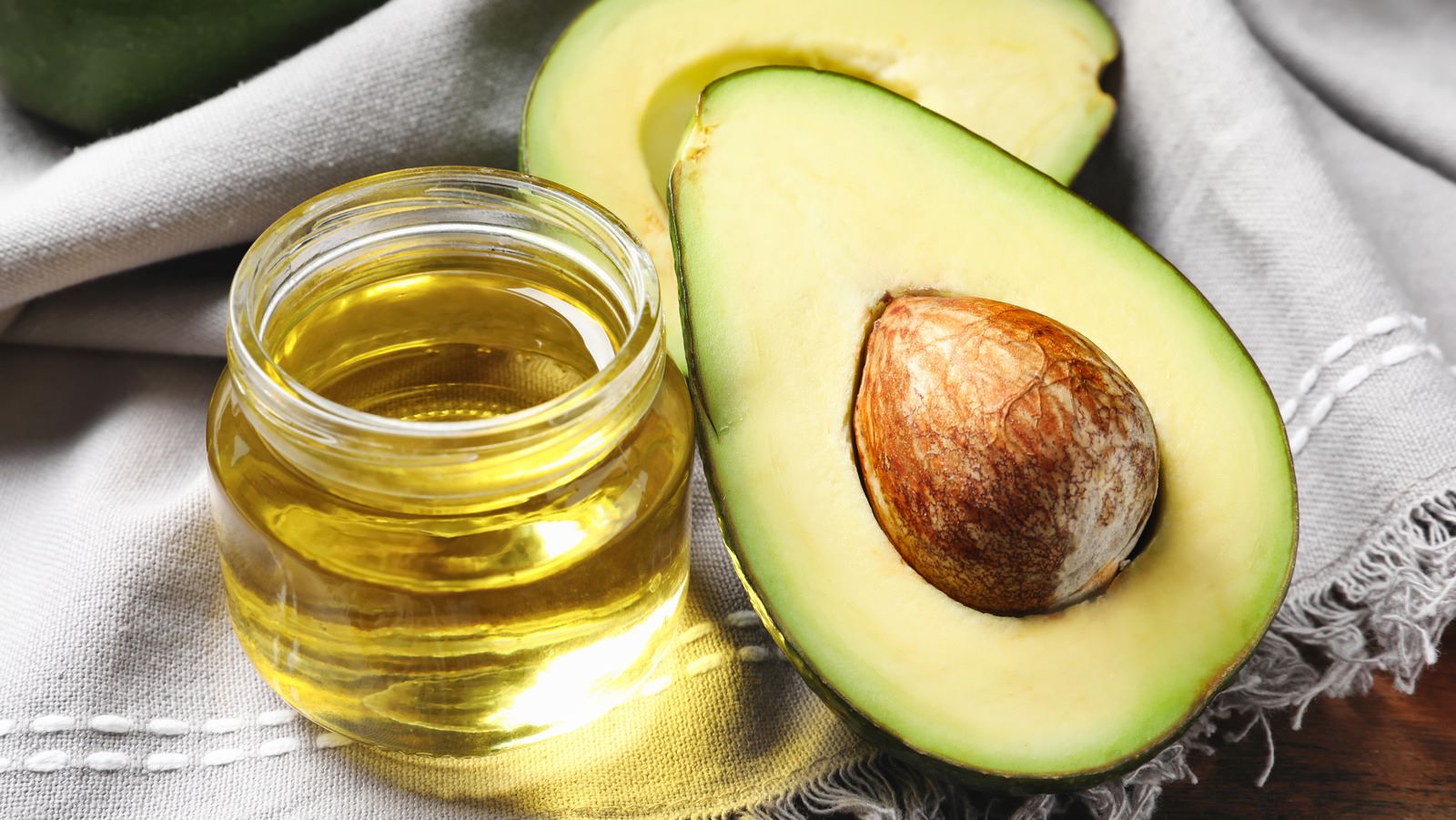

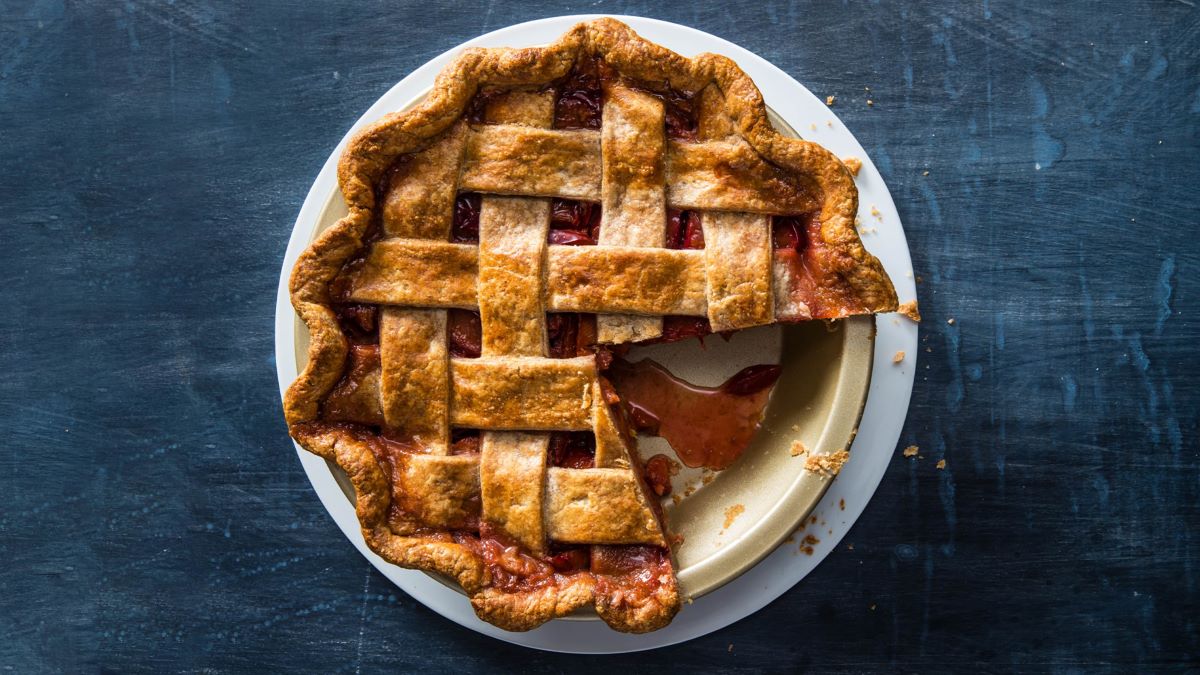

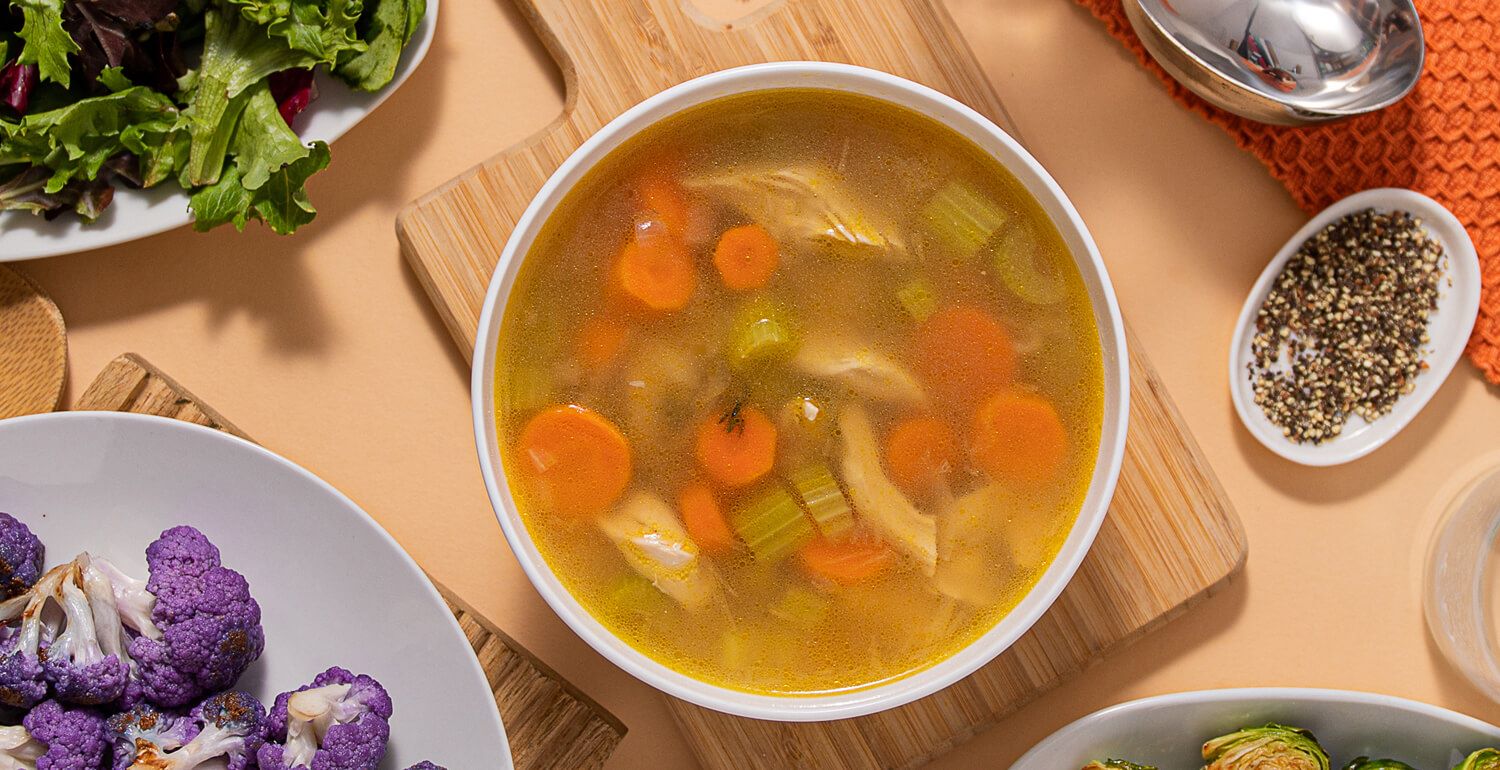


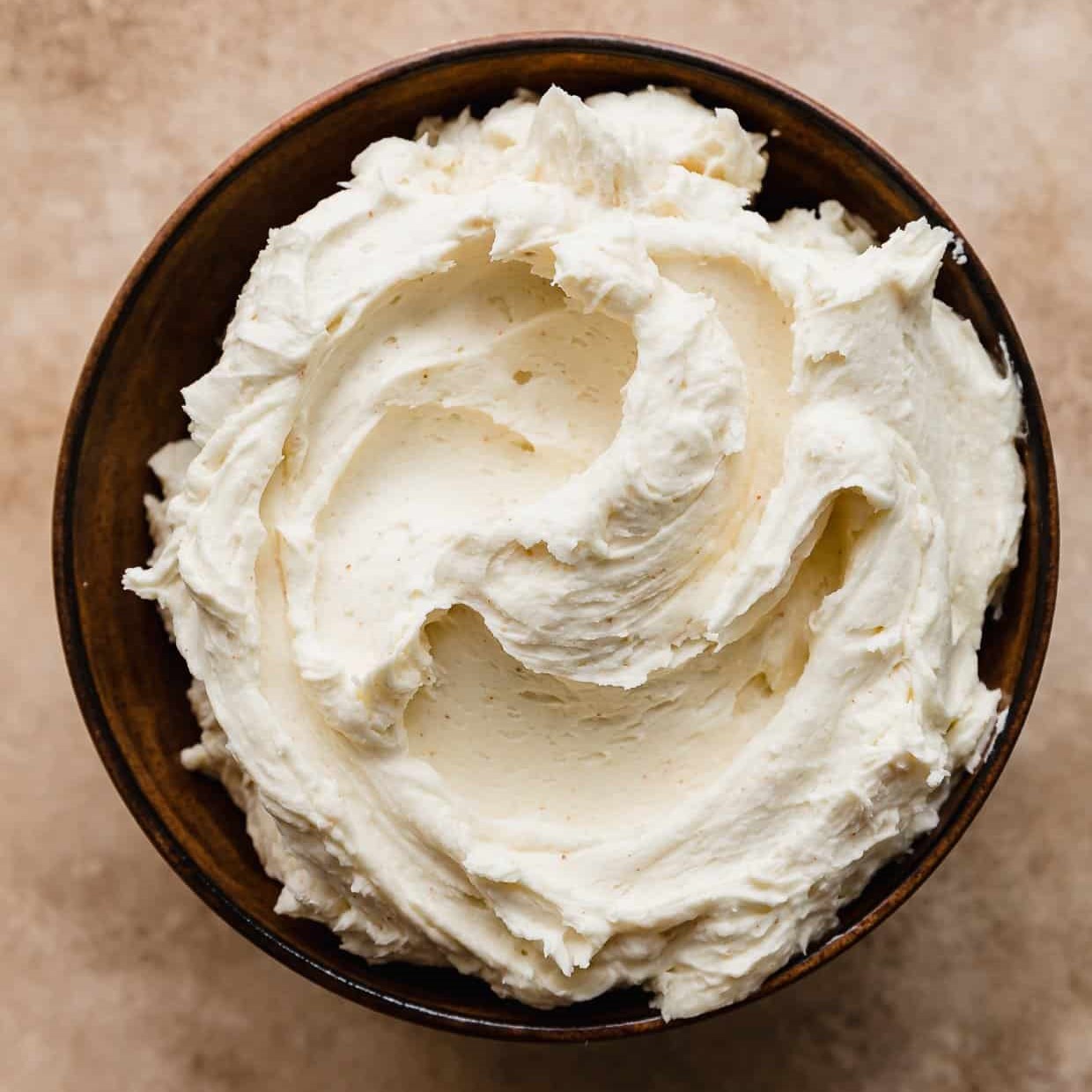

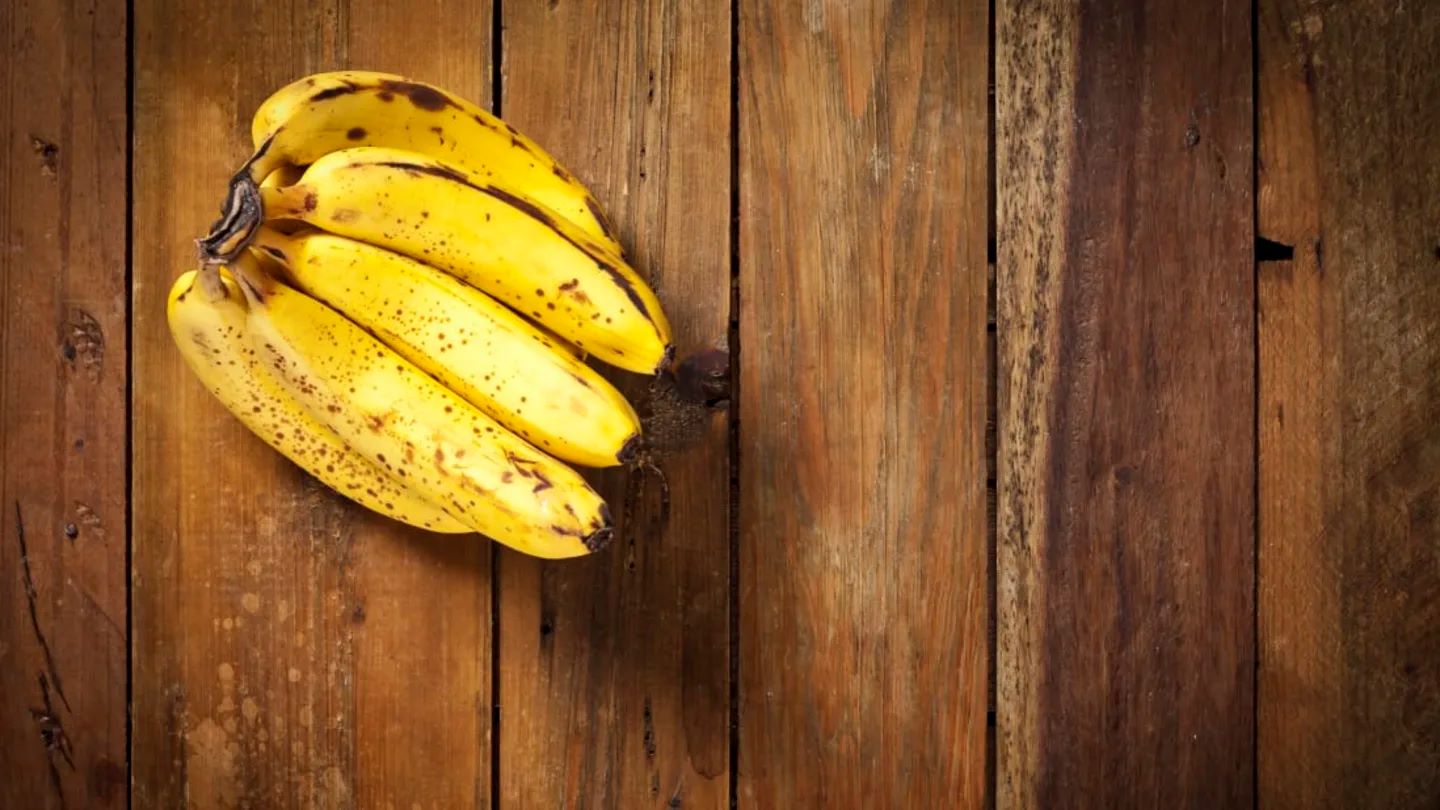
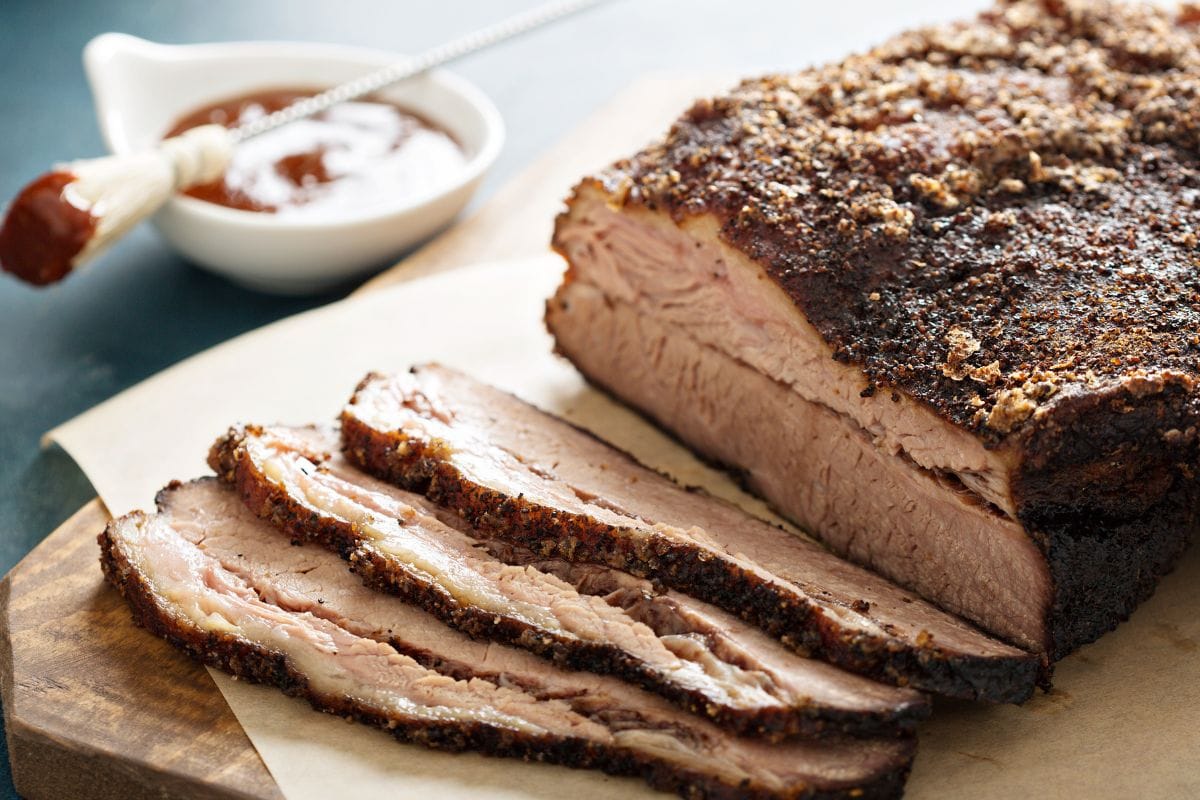
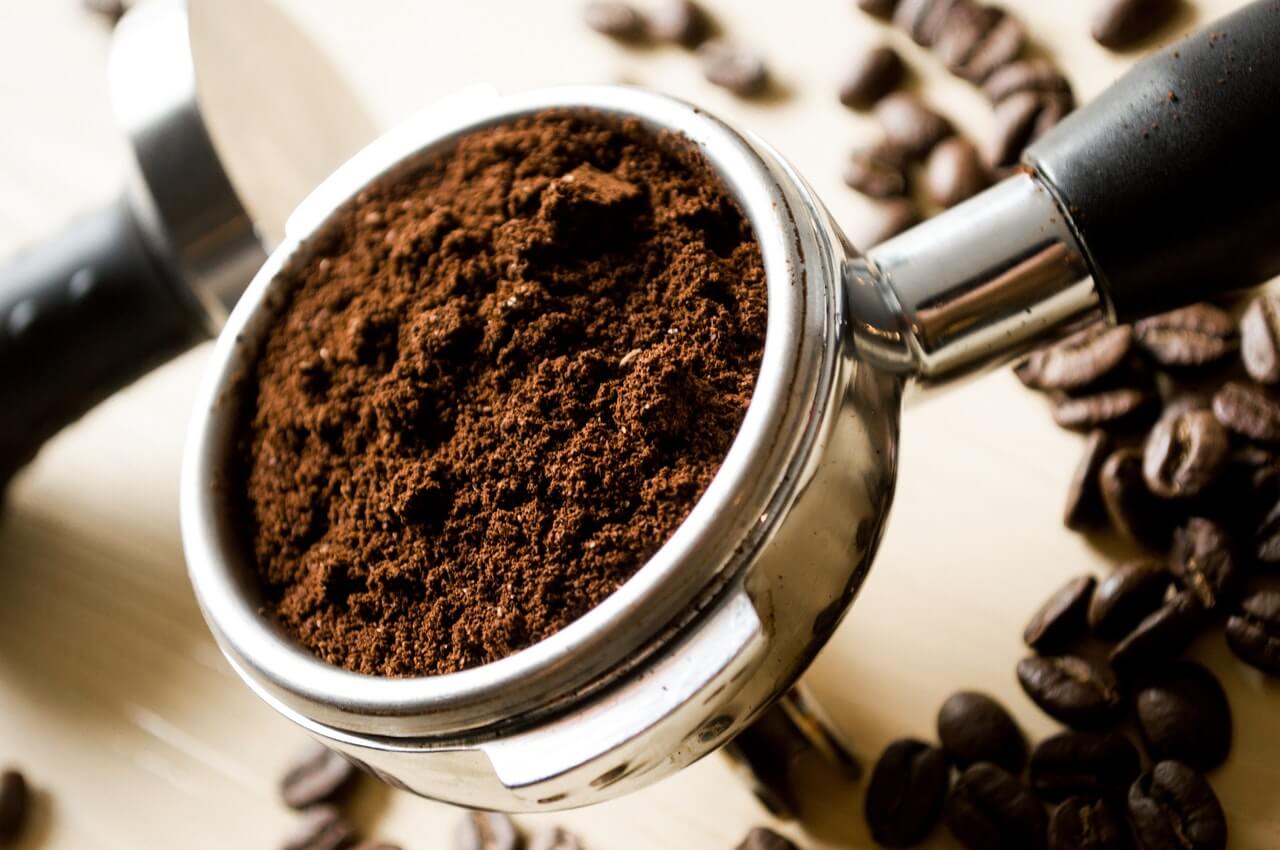
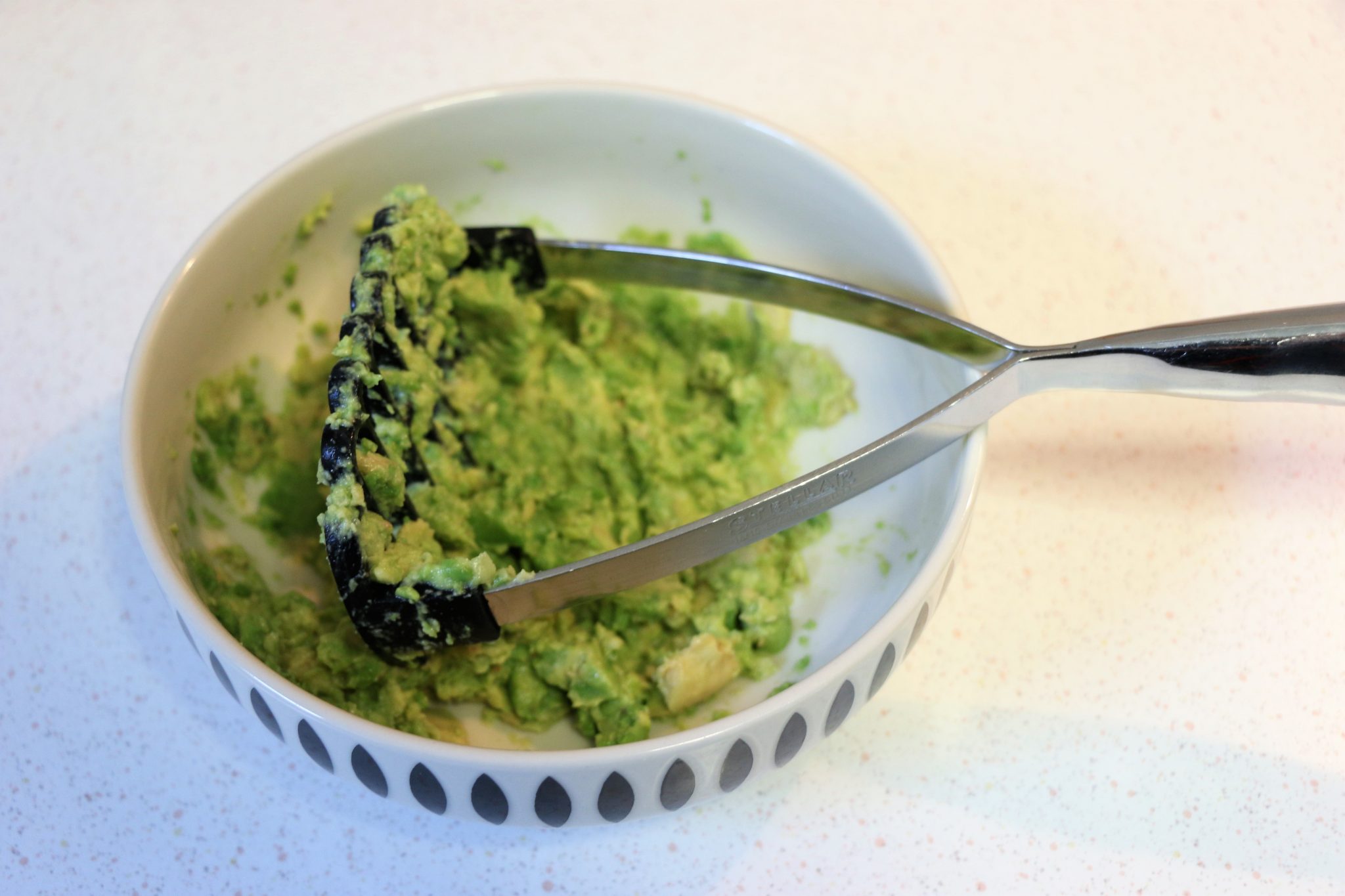

0 thoughts on “How To Store Leftover Avocado”